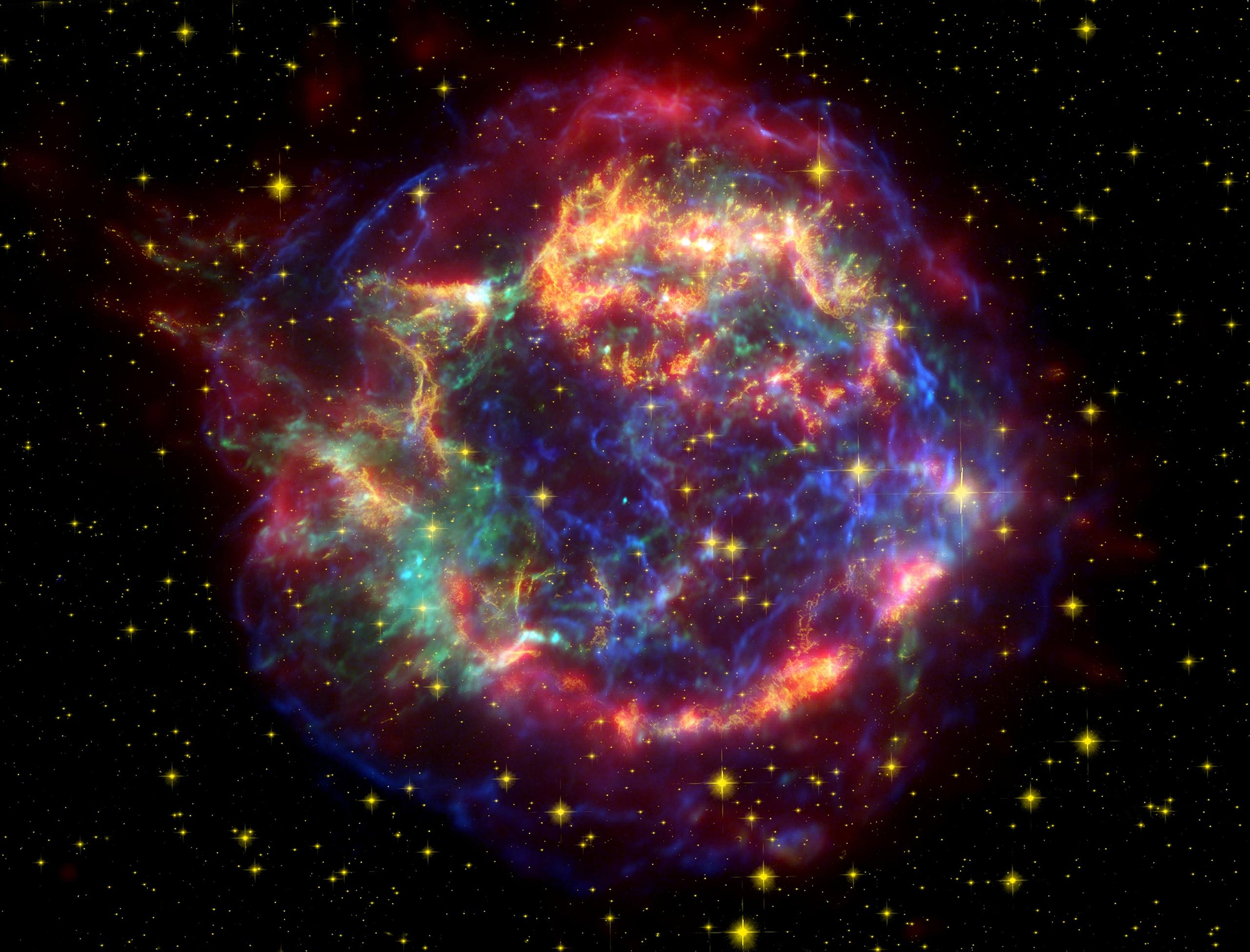New R&D collaboration to research novel borehole solution for monitoring CCS storage sites

The Durham University led Geoptic has signed an R&D collaboration agreement with CGG to jointly research and assess a novel borehole solution for monitoring the spread of CO2 in subsurface storage sites for Carbon Capture & Storage (CCS).
The collaboration is focused on delivering a new continuous long-term subsurface monitoring solution that will reduce the risks associated with CO2 leakage and enhance the safety of CO2 storage projects.
Geoptic is a University spin-out company co-founded by Durham Energy Institute’s Executive Director Professor Jon Gluyas. It was launched in 2019 by the universities of Durham, Sheffield and St Mary’s following the successful development and testing of muon detectors that could operate in the deep, hot and hostile environments found deep below the Earth’s surface and typical of planned CO2 storage sites beneath the North Sea.
CGG is a global geoscience technology leader, employing around 4,000 people worldwide. It provides a comprehensive range of data, products and services that enable our clients to responsibly solve the world’s most complex natural resource, environmental and infrastructure challenges
The agreement focuses on developing a new version of Geoptic’s DIABLO muon tracking tool specifically for CCS applications.
Geoptic deploys DIABLO as part of its pioneering use of cosmic ray muons to passively and non-intrusively image the internal structure of objects.
It has already gained award-winning experience in deploying muon technologies for subsurface surveys, such as its innovative imaging through the overburden of railway tunnels. Building on this success, Geoptic is developing muon sensors suitable for use down boreholes for the imaging of CCS projects several kilometers underground, as they can be especially useful for environmentally sensitive areas. Application of these sensors could expand to include surveying construction sites, structural monitoring, mining and other subsurface monitoring arenas.
This collaboration is part of CGG’s initiative to further its leadership around technologies that advance the Measurement, Monitoring and Verification (MMV) of CO2 storage. CGG will draw on its extensive expertise in geophysical imaging and integrated geoscience solutions to process and model the data acquired by Geoptic’s downhole tools.
Professor Jon Gluyas, Chairman and co-founder of Geoptic, said:
“Geoptic was launched in 2019 by the universities of Durham, Sheffield and St Mary’s following the successful development and testing of muon detectors that could operate in the deep, hot and hostile environments found deep below the Earth’s surface and typical of planned CO2 storage sites beneath the North Sea.”
Dr Chris Steer, co-founder and Managing Director of Geoptic, said:
“Geotechnical muon instrumentation offers a unique view on fill and migration measurements for underground CO2 storage. The partnership between Geoptic and CGG is world-leading in its joint capabilities, ensuring a positive and impactful future for this new subsurface technology.”
Peter Whiting, SVP, Geoscience, EAME, CGG, said:
“We are delighted to announce this exciting R&D agreement. Collaboration with innovative technology companies such as Geoptic is part of CGG’s wider strategy to develop potentially disruptive solutions to support our clients in achieving their energy transition goals. Our advanced imaging technologies and integrated workflows play a valuable role in supporting CO2 monitoring by delivering critical information for project optimization and meeting regulatory safety requirements.”


/prod01/prodbucket01/media/durham-university/research-/research-institutes/durham-energy-institute/landscapes-cityscapes-montages-etc/Walney-sunset-2000X800.jpg)